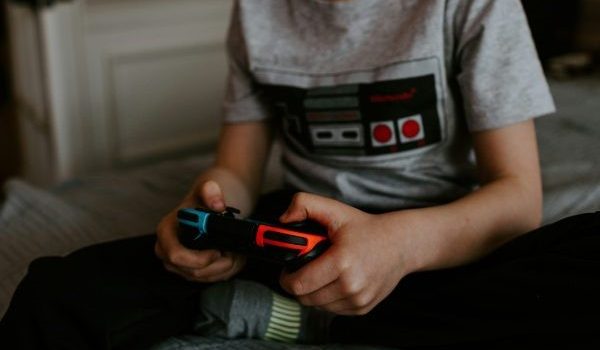Word-of-mouth recommendations from friends, families and colleagues are the most popular ways parents find content for their kids to watch, according to Media Technology Monitor’s (MTM) 7th Jr. Futures Report. The report focuses on providing insights into the key trends shaping Canadian youth. The topics overed in the report include gaming and virtual reality (VR), discoverability, co-viewing, YouTube content length and social media creation.
Seventy per cent rely on recommendations, the report found, while using social media platforms to discover content is higher among Canadian teens (48%) than adults (37%). Francophone teens are more inclined to use these platforms to find content to watch than anglophones (58% versus 45%). One in four parents use Facebook to find content for their kids to watch while 15% of teens aged 12 to 17 use Facebook to find content. Teens are most likely to use Instagram to discover content, 22% versus 16% of parents, and 30% more likely to use TikTok vs 16% of parents.
For kids who view YouTube, a TV set is the most common way to tune in (76%), followed by tablets (67%) and smartphones (63%). As children age, the devices they use changes. For example, watching YouTube via a smartphone increases with age such as 39% of two-to-six-year-olds watching YouTube via smartphone compared to 87% of teens. YouTube Shorts are popular viewing with 58% of YouTube users saying they watch these shortform vertical videos.
When it comes to company-viewing, 63% of kids are watching content with someone else on a daily or weekly basis. Those who co-view on a weekly basis, SVOD services are the most common type of content they watch (74%), followed by YouTube 49%, traditional TV 39% and 17% who company-view content on social media.
Half of the kids using social media are on TikTok (49%), followed by Snapchat (45%), Facebook (40%), Instagram (38%), Messager Kids (26%), WhatsApp (20%) and Pinterest (15%). Among kids aged seven to 17 that use social media, 33% have created content on social media platforms in the past week such as writing comments (21%), posting photos (16%), posting videos (15%) and live streaming (5%).
The report also found that while only 5% of kids use VR headsets to play video games, 14% of households with VR headsets have kids. Of the 5% of kids who do use the headset to play games, 10% use the Meta Quest brand, which functions without the use of a game console or computer. Other headsets used include Playstation VR (4%) and Valve Index (1%). Netflix Games (7%) and YouTube Playables (5%), both of which offer libraries of video games to their users, are niche brands played in the past month. Twitch, a platform largely focused on showing video of people playing games, is watched by 6% of children.
Other devices used by kids aged 2 to 17 to play games include smartphone or tablet (55%), game console (40%), computer or laptop (22%), and a smart TV app (5%).
























